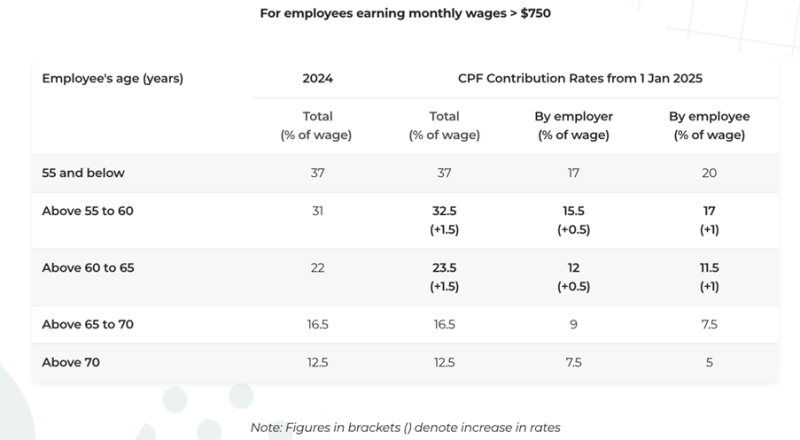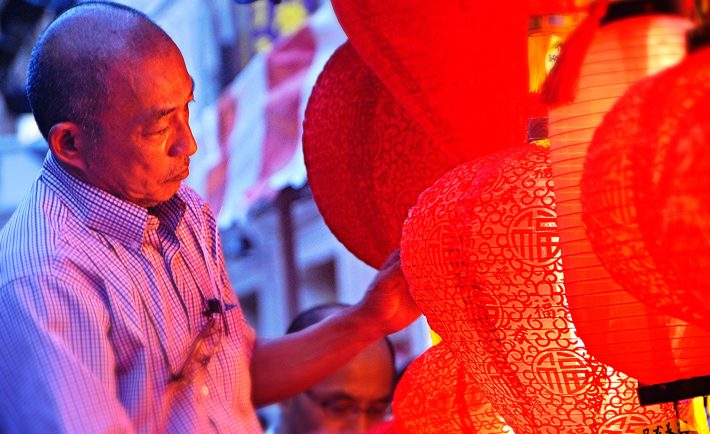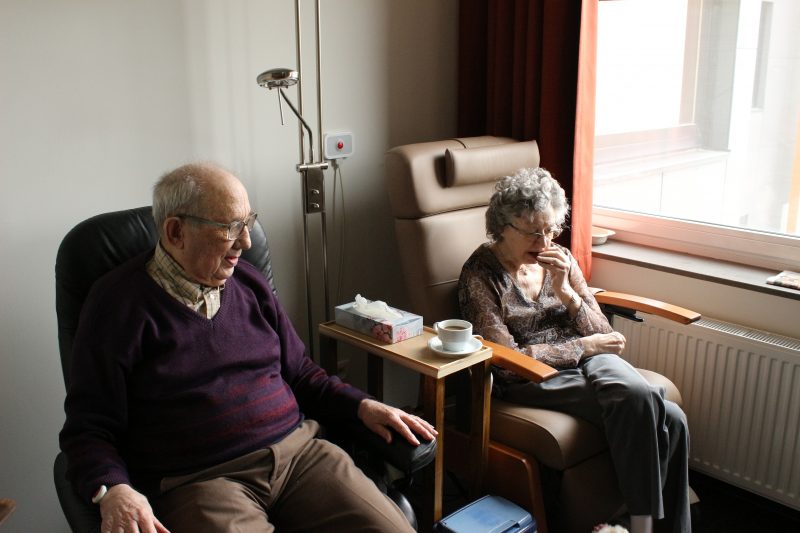For some Singaporeans, the dream of financial independence is not just a distant fantasy but a tangible goal. A recent survey conducted by CIMB Singapore in collaboration with the Nanyang Centre for Marketing and Technology reveals that 63% of respondents aim to achieve financial freedom between 40 and 60 years old. More than half believe that reaching at least S$1 million would free them from financial worries, and nearly three-quarters consider this target realistic. Yet only 43% feel confident in their ability to manage finances effectively to reach this milestone.
The study, which gathered insights from over 500 residents aged 26 to 60 in December 2024, also highlighted the anxieties that accompany these aspirations. Among those aged 40 to 50, 47% report feeling often or always anxious about their financial future. The obstacles are familiar: high living costs, family responsibilities, and limited income streams. Surprisingly, gaps in financial literacy persist. While insurance ranks among the top three tools for building wealth, alongside savings and stocks, 39% of respondents remain unsure of its effectiveness as an investment vehicle.

Image Credits: unsplash.com
Financial analyst Albert Tan suggests that early and disciplined planning can turn this dream into reality. A 25-year-old aiming to retire at 50, investing $1,000 monthly with annual increases of 3%, could potentially accumulate over S$1 million by their target age, assuming a 7% annual return. Tan notes that this approach does not account for other life priorities such as property purchases or family expenses, and relies on consistent wage growth, which is not guaranteed for everyone.
CPF savings remain a critical pillar in the retirement plan. Securing the Full Retirement Sum in a CPF Special or Retirement Account by age 55 could provide a reliable monthly payout of around S$1,700 from 65, supporting long-term financial stability.

Image Credits: unsplash.com
Ultimately, achieving financial freedom by 50 may be ambitious. However, with consistent investing, income growth strategies, and prudent CPF planning, it is far from impossible. For Singaporeans willing to map out their financial journey early, what once seemed like a distant dream could become a carefully planned reality.









